Eat only delicious food
That's my first motto, so here are some ways I try to make my northern European grown ingredients taste great. My second motto is learn to use what grows well for you.
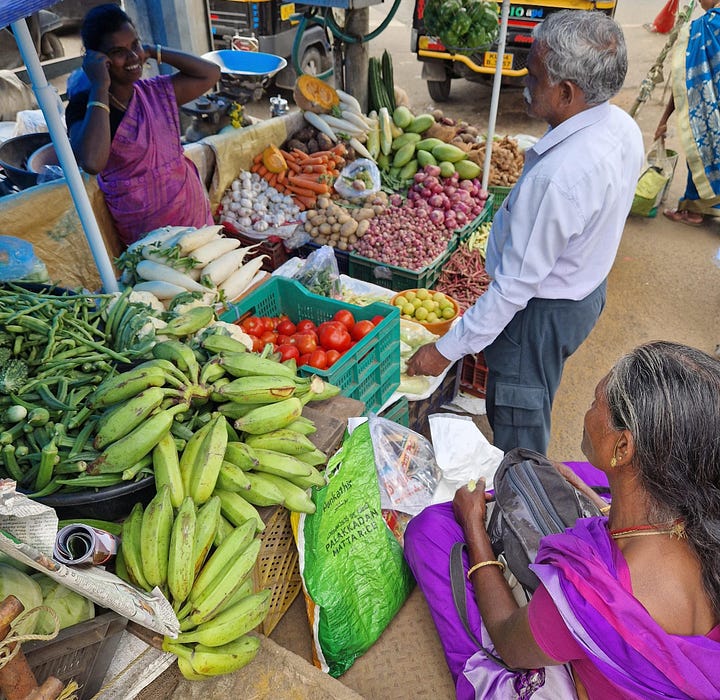
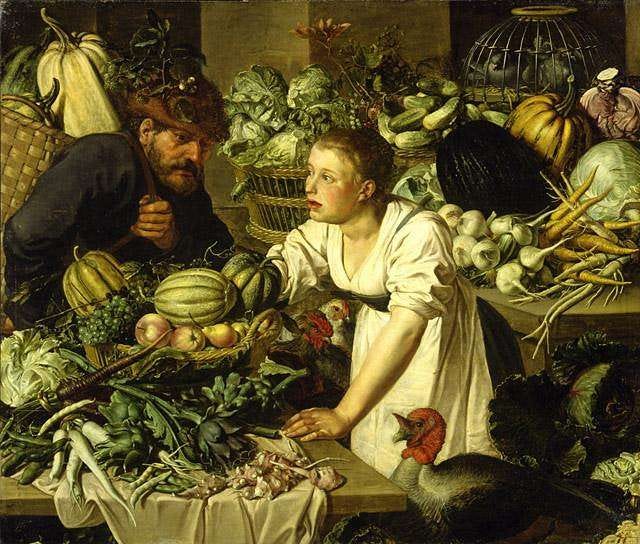
I’m from one of those cultures where the basic greeting is not “Hello” but “Have you eaten?” Ours is even more specific, “Chor oondo?” - Have you eaten rice? Nothing else really counts, but here I am gardening in a country where rice doesn’t grow, yet trying to eat as local a diet as possible.


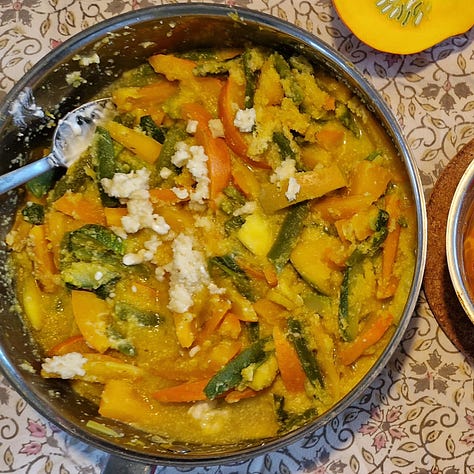
I am not a “foodie”, I’m also not in love with spending a lot of time in the kitchen, I just love delicious food, cannot tolerate blandness — and luckily I have trained everyone in my half-swedish family to eat spicy food. Swedes seem to be able to tolerate spice and heat better than the Dutch according to my personal 10 year study of the subject.
Everything fresh from the garden or woods tastes really great, there’s no denying that. There’s nothing actually missing, but they are ingredients. Great to snack on while gardening, but when served ingredients as food — boiled potatoes, green beans and a pork chop seasoned with salt and pepper — I need to quickly slice some green chilli and garlic into soy, rice vinegar and fish sauce to be able to enjoy that meal.
I have no pressing need to make my food fancy or look like a work of art but food has to be somewhat attractive and delicious, it is not merely fuel. Being creative is a way of showing respect for the bounty we are given. Also my palate requires it, I refuse to eat anything that doesn’t taste great, it’s a waste of time. Obviously, if someone offers me a plate of unseasoned mush I’m not going to be rude, but please, at least learn to use salt.
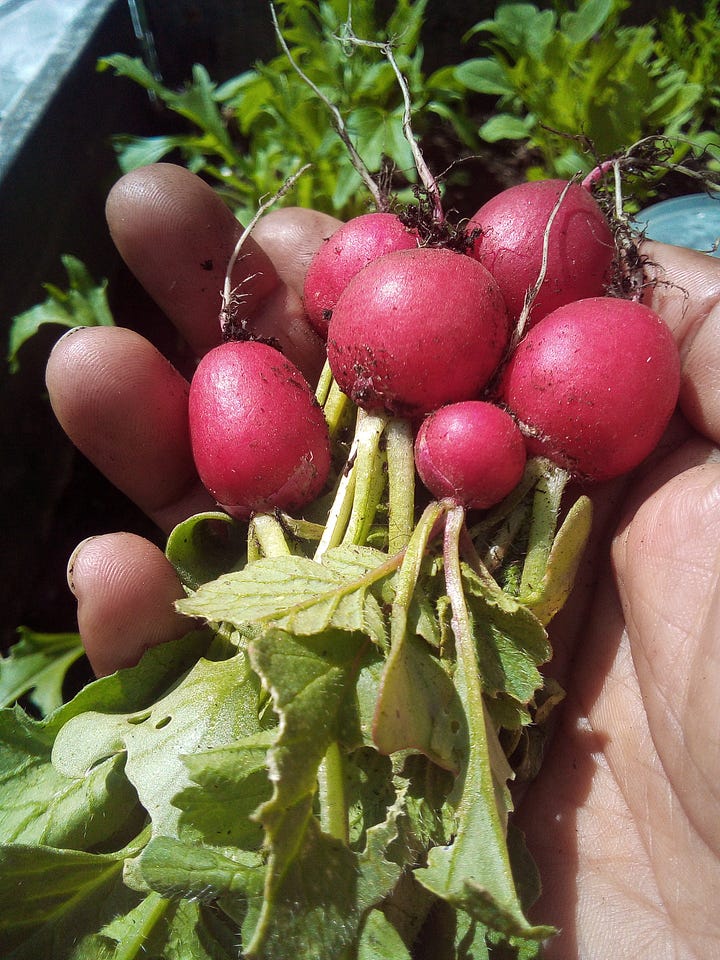
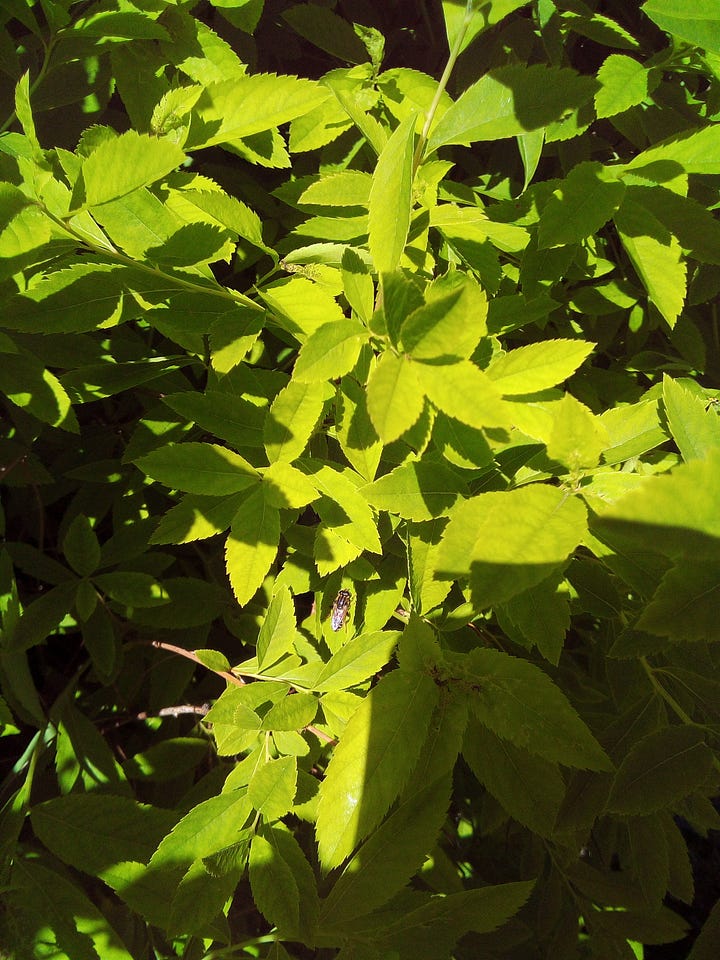
Coriander, parsley, dill and amaranth have self seeded everywhere in my greenhouse so those will feature in every almost everything early in the season. I still have frozen amaranth leaves from last year. Orach happily takes over outside before any other vegetables wake up.
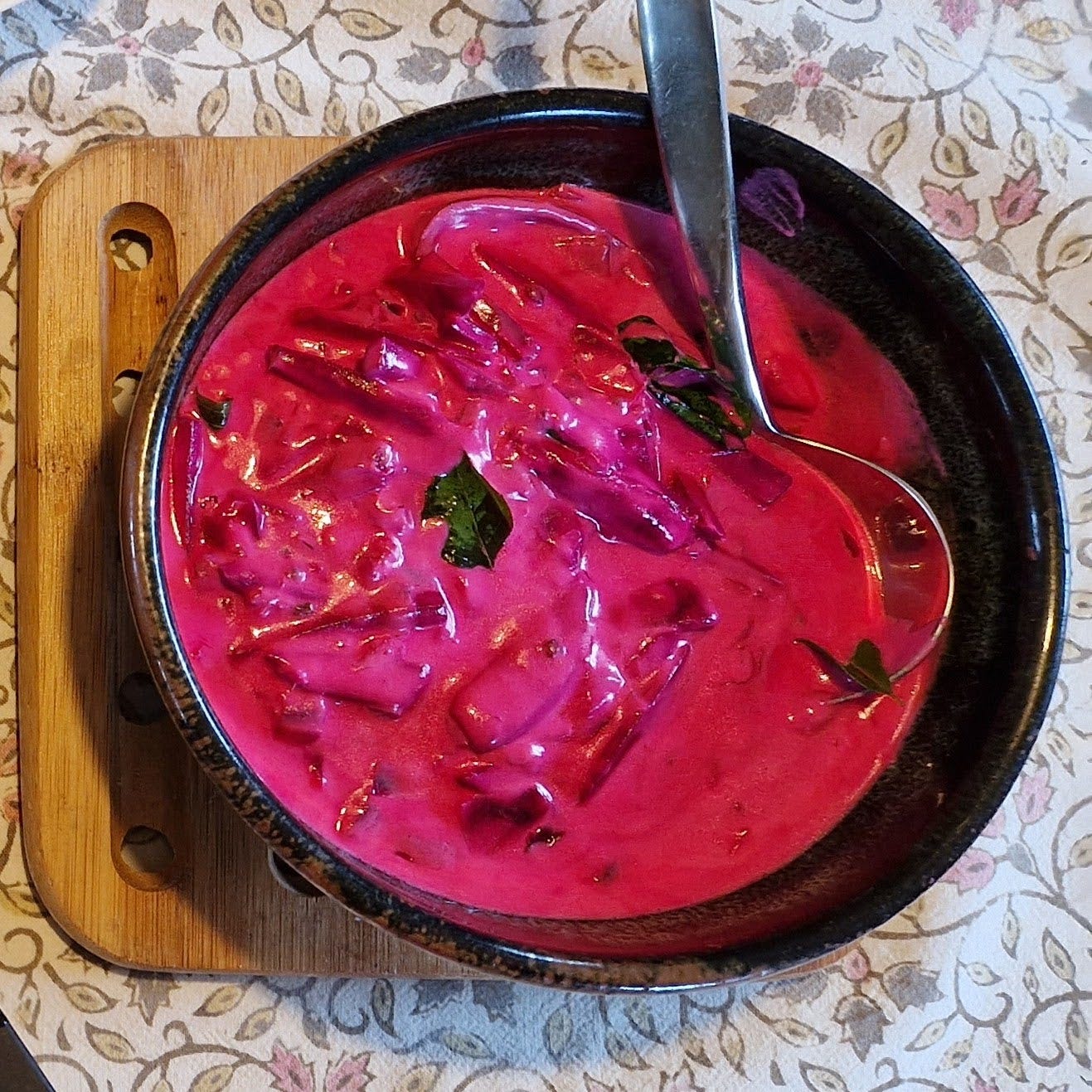
Things that are in the garden now like young salads, some small radishes you can pull out, mustard greens, young kale, nettles and ‘weeds’ like dandelions and garlic mustard and ramsons can be made into pakoras. Toss them into a batter of chickpea flour, yoghurt, salt and water and deep fry. Add chilli powder to the batter if you like too. And you’ll need a sauce — sour tamarind, chilli and sugar can be cooked down thick and sticky but how about using rhubarb for that sweet sour kick?
Minimalism vs. Spices
We always say Europeans brutally colonised most of Asia for spices but never learned how to use them properly. I hear it’s because they only valued them for their medicinal properties. Every single corner of the tropics has thousands of unique and complex ways of blending spices and herbs to produce mouth watering taste sensations. I’m sure such complexity can be brought to native spices here. Caraway, anise, fennel, fenugreek, and more hold so much potential than herbal teas.

I am not a believer in minimalism in food, or the belief that still lingers that spices or herbs or any strong seasonings at all are there to disguise inferior ingredients. We use them to enhance and elevate and make ingredients into delicious food. If eating ingredients is satisfying to you, no problem, but I really question and judge plainness just as I question the love of beige. I love steamed vegetables with plain white rice but it needs condiments! It needs a lime, chilli and coriander spritz for a cool sort of heat or a combination of hot, sweet and sour to make you go yummm… It needs fish sauce, rice vinegar and soy sauce or a hit of fragrant sesame oil. Sumac, maybe.
I’ll make an exception for asparagus - just salt, pepper, and loads of butter does work. It’s not a meal, but it’s delicious. I would also add some hop shoots to that.
Minimalism in European cooking is recent, in medieval times people liked flavour. Here is evidence: Pontack a sauce for game, using vinegar, spices and elderberries is pretty complex, flavourful and can improve with age.
Spices and herbs which we can grow here easily include coriander, fennel, chilli peppers of various flavours and heat. Flavour enhancing leafy herbs like mint, chives, taragon, garlic, onion, wasabi and japanese ginger, all the different basils, lemon leaves if not fruit are as important in my garden as the vegetables and grown as companion plants. Have you eaten marigold leaves? This may also be the year to experiment with native herbs like sweet cicely. I’m beginning to integrate licorice like flavours in sweets. It’s Stockholm syndrome, I like hallon lakrits now.
Wild flavours
The other day I had the most ecstatic experience with nettles and left over rice steamed together and topped with peripheral garden greens like garlic mustard, dandelion, greens, ramsons, ground elder and a sprinkle of violas. I had to mix a dollop of instant puliogare paste in there too but the wild greens with rice were so satisfying I didn’t need any more food for the rest of the day. A wild food based diet experiment, like
is doing, inspires me and sounding more and more palatable.Its all about the condiments
I live for condiments. If we have rice and dal for lunch, it’s only so I can pile on the spicy extras. A ‘green seasoning’ or ‘hari masala’ can have any fresh green herbs like chives, green garlic or garlic mustard or slightly bitter kresses like Barbarea vulgaris. Your green masala blend will change with the seasons and if you’re like me you’ll never manage to repeat a blend. I recently came across a recipe for lovage and walnut pesto and I’m excited to try that because lovage is another thing that grows exceptionally well here.
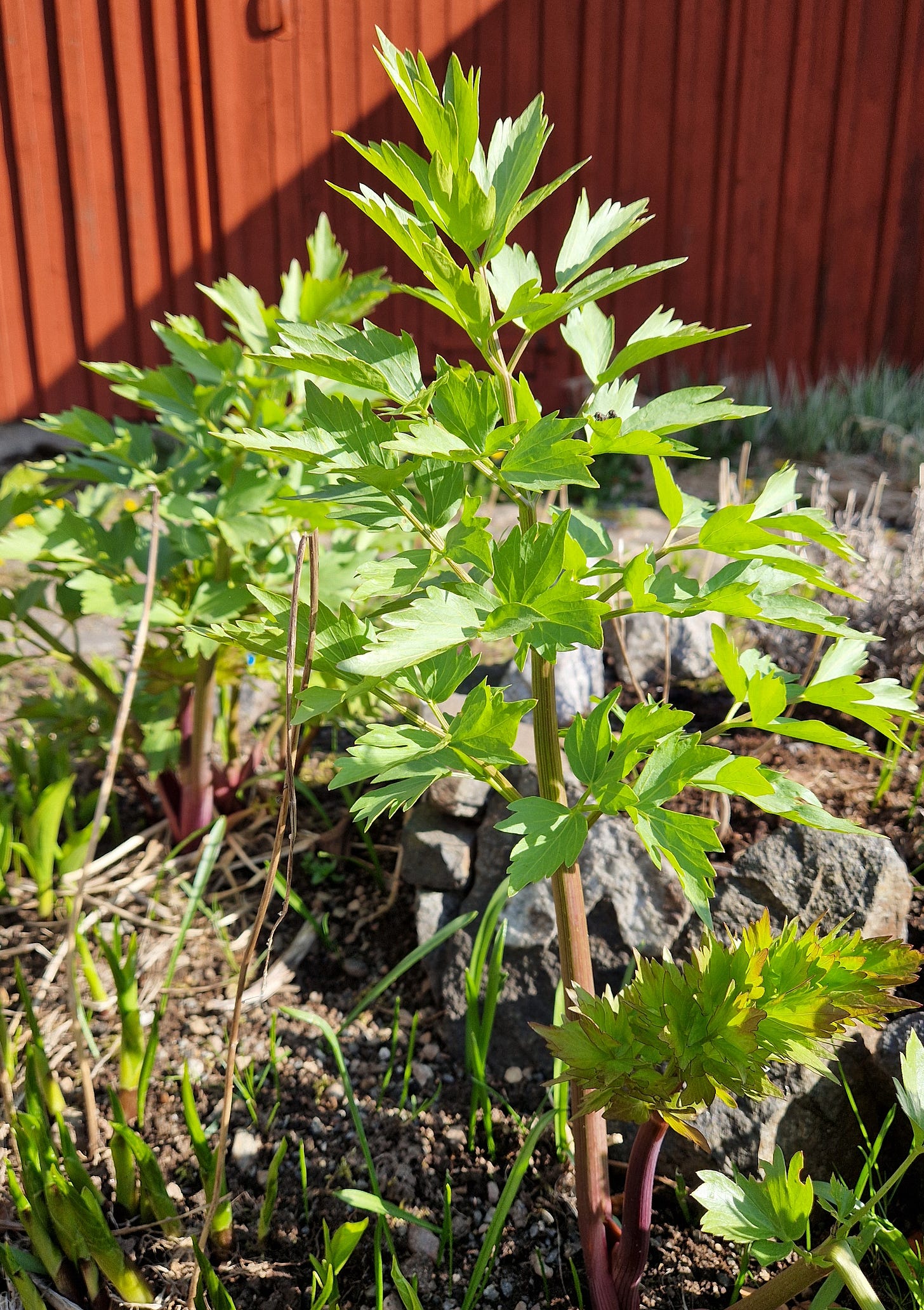
There is a green sauce that goes with everything — Indians, Mexicans, Cubans, Trinidadians, Canary islanders, and Vietnamese all have variations on this: Blitz fresh mint leaves, coriander, green chillies, salt and lime juice. Proportions according to what you have. I want to try adding lovage leaves to this because that’s something I have a lot of. I have a lots of rhubarb too. Lovage and rhubarb kimchi coming up!
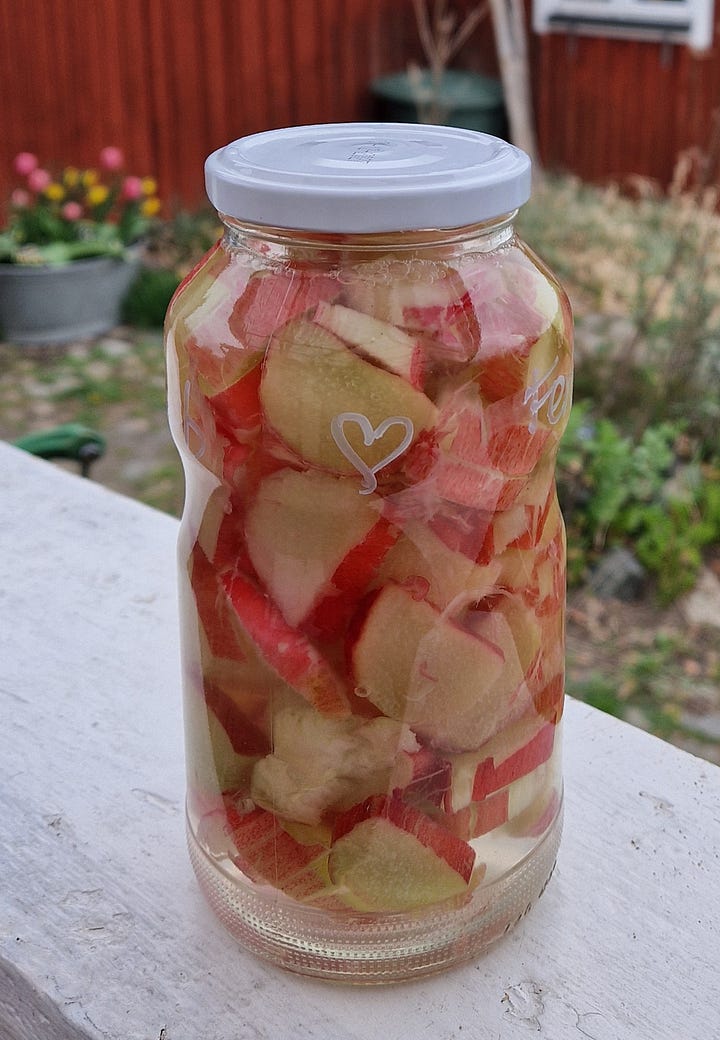
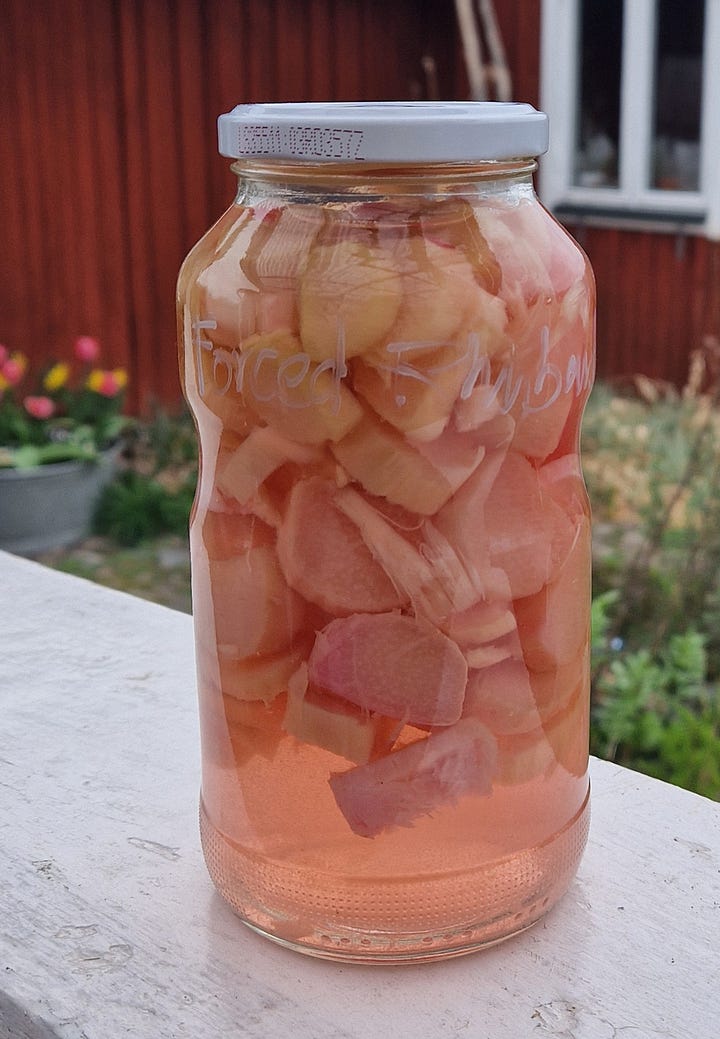
Eat simply if you must, but eat well!
My garden is in southern Sweden, we have acidic (ph 4.5!) sandy loam, Swedish growing zone 2 (USA zone 7?). Perfect for wild strawberries, blueberries, apple trees, wild cherries, raspberries, kale, beets and Swedes. Pesto workshop photo by Jenni Lennart, all other photos mine.




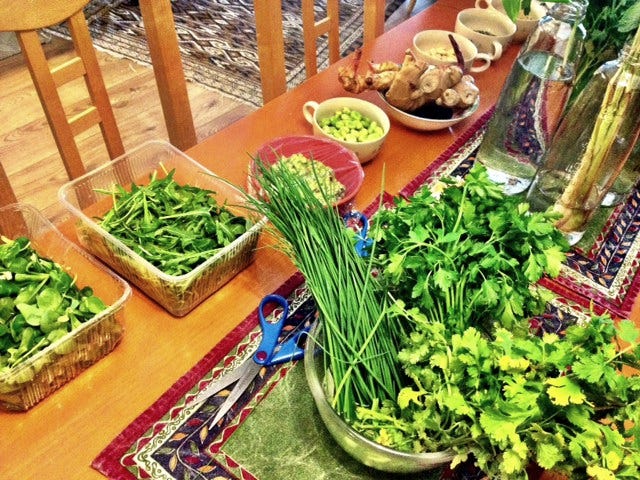

I love lovage with lentils!
Suzanne, I love this!!!! What you are doing with radically local ingredients and the desires of your native palate is inspiring. I'll need coaching or a good basic recipe for hari marsala.